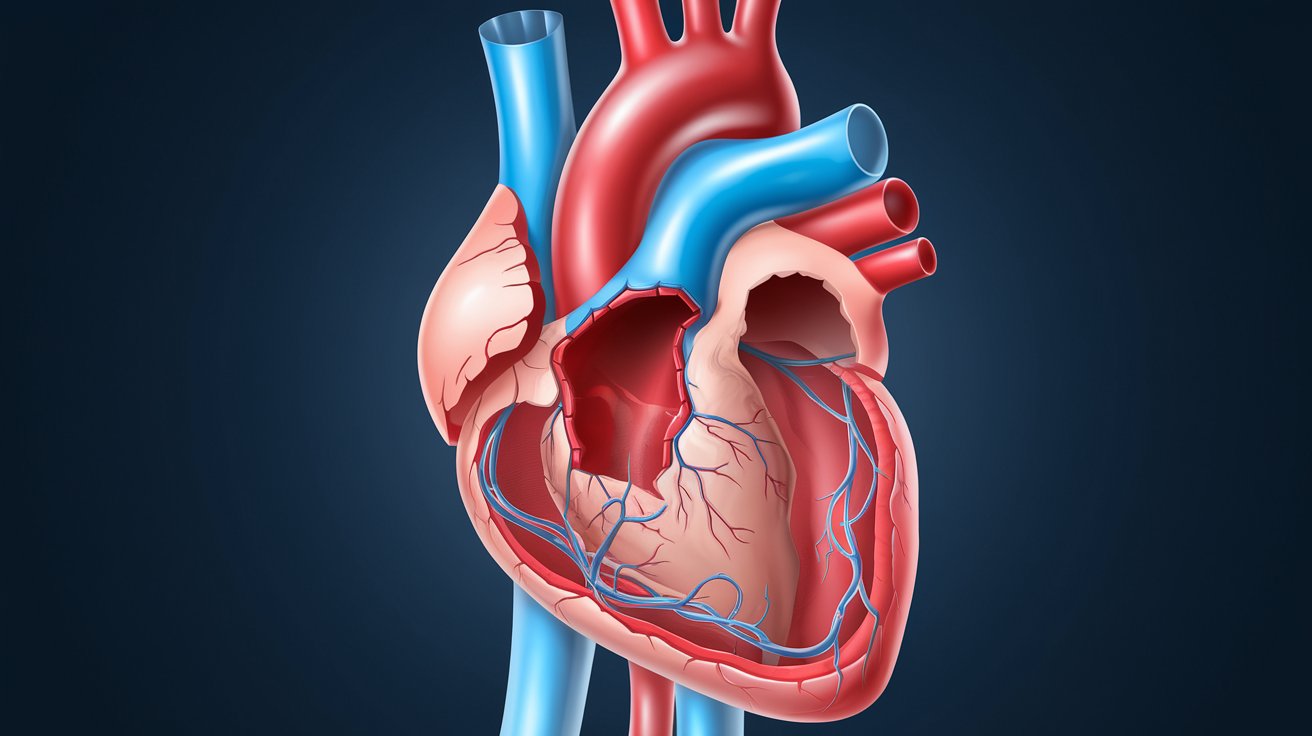
Congenital cardiovascular malformations affect the heart's structure from birth. These conditions can range from simple issues, like small holes in the heart, to complex problems involving multiple defects. Did you know that nearly 1 in 100 babies are born with a heart defect? Some malformations may require immediate surgery, while others might not show symptoms until later in life. Understanding these conditions is crucial for early diagnosis and treatment. This article will provide 30 fascinating facts about congenital cardiovascular malformations, shedding light on their causes, symptoms, and treatments. Get ready to learn more about how these heart conditions impact lives and the advances in medical science that help manage them.
Key Takeaways:
- 1. Heart defects at birth, known as Congenital Cardiovascular Malformations, can vary in severity and treatment options. Early detection and proper management can significantly improve quality of life for affected individuals.
- 2. Understanding risk factors and taking preventive measures, such as maintaining maternal health and avoiding harmful substances, can help reduce the incidence of Congenital Cardiovascular Malformations. Family history and certain medications also play a role in the risk factors.
What Are Congenital Cardiovascular Malformations?
Congenital cardiovascular malformations (CCMs) are heart defects present at birth. They affect the structure and function of a baby's heart. These conditions can range from simple issues to complex problems.
- CCMs are the most common birth defects. They affect nearly 1% of all live births worldwide.
- There are over 35 types of CCMs. Each type varies in severity and treatment options.
- The exact cause of most CCMs is unknown. Genetics and environmental factors both play roles.
- Some CCMs are detected before birth. Ultrasounds and fetal echocardiograms can identify issues during pregnancy.
- Not all CCMs require immediate treatment. Some may resolve on their own or need monitoring over time.
Symptoms and Diagnosis
Recognizing the symptoms and diagnosing CCMs early can be crucial for effective treatment. Symptoms can vary widely depending on the type and severity of the defect.
- Common symptoms include rapid breathing. Babies may also show poor feeding and slow growth.
- Cyanosis is a key symptom. This bluish tint to the skin indicates low oxygen levels in the blood.
- Heart murmurs are often detected. These unusual sounds during a heartbeat can signal a CCM.
- Pulse oximetry is a simple test. It measures oxygen levels in a newborn's blood and can indicate heart problems.
- Echocardiograms are essential diagnostic tools. They use sound waves to create images of the heart.
Treatment Options
Treatment for CCMs varies based on the type and severity of the defect. Options range from medication to surgery.
- Medications can manage symptoms. They help control heart rate and blood pressure.
- Catheter procedures are less invasive. They can repair certain defects without open-heart surgery.
- Open-heart surgery is often necessary. It can correct more complex malformations.
- Heart transplants are rare but possible. They are considered when other treatments fail.
- Ongoing care is crucial. Regular check-ups and monitoring ensure the heart functions properly.
Long-Term Outlook
Living with a CCM can present challenges, but many individuals lead healthy lives with proper management.
- Early intervention improves outcomes. Timely treatment can significantly enhance quality of life.
- Physical activity may be limited. Some individuals need to avoid strenuous exercise.
- Lifelong medical care is often required. Regular visits to a cardiologist are essential.
- Mental health support is important. Living with a chronic condition can affect emotional well-being.
- Advances in treatment are promising. Research continues to improve outcomes for those with CCMs.
Risk Factors and Prevention
Understanding risk factors and taking preventive measures can help reduce the incidence of CCMs.
- Family history increases risk. A parent or sibling with a CCM raises the likelihood.
- Maternal health plays a role. Conditions like diabetes and obesity can contribute to CCMs.
- Certain medications are risky. Drugs taken during pregnancy can affect fetal heart development.
- Infections during pregnancy are dangerous. Rubella and other infections can lead to CCMs.
- Avoiding harmful substances is crucial. Alcohol, tobacco, and drugs can increase the risk.
Living with Congenital Cardiovascular Malformations
Managing daily life with a CCM involves various adjustments and considerations.
- Diet and nutrition are important. A heart-healthy diet supports overall well-being.
- Regular exercise is beneficial. Tailored physical activity can improve heart health.
- Education and awareness matter. Understanding the condition helps in managing it effectively.
- Support groups offer help. Connecting with others facing similar challenges provides emotional support.
- Technological aids are available. Devices like pacemakers and defibrillators assist in managing heart function.
Final Thoughts on Congenital Cardiovascular Malformations
Understanding congenital cardiovascular malformations is crucial for both medical professionals and families affected by these conditions. These heart defects, present at birth, can range from minor to severe, impacting the quality of life and requiring various levels of medical intervention. Early diagnosis and treatment significantly improve outcomes, making awareness and education vital. Advances in medical technology and surgical techniques offer hope and better prognoses for those affected. Remember, each case is unique, and ongoing research continues to enhance our knowledge and treatment options. Stay informed, consult healthcare providers for personalized advice, and support organizations dedicated to congenital heart disease research and advocacy. Knowledge empowers us to make informed decisions and provide the best care for those with congenital cardiovascular malformations.
Frequently Asked Questions
Was this page helpful?
Our commitment to delivering trustworthy and engaging content is at the heart of what we do. Each fact on our site is contributed by real users like you, bringing a wealth of diverse insights and information. To ensure the highest standards of accuracy and reliability, our dedicated editors meticulously review each submission. This process guarantees that the facts we share are not only fascinating but also credible. Trust in our commitment to quality and authenticity as you explore and learn with us.


